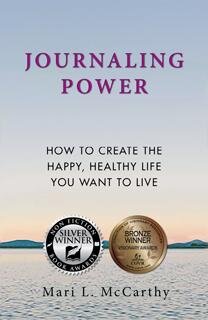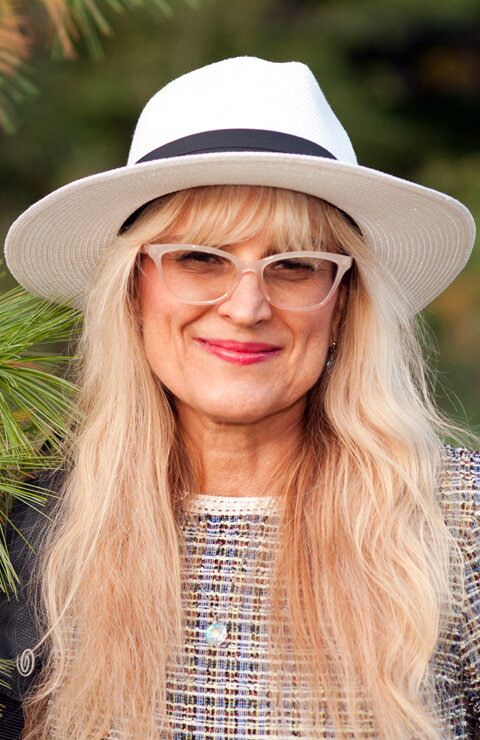This is one of my favorite passages in “It’s Just Personal: A Personal Chef’s Essential Guide to Shopping, Cooking and Eating Smarter” by Ellen Postolowski.
The first thing I tell them is that they need the proper frame of mind. You have to want to change those former bad habits. Second, I cannot control how much food you put in your mouth. Portions are indicated in all the recipes, but it is up to you to know how much is enough.
Here are some thoughts to get you motivated:
— It is very easy to overeat, but think about how much harder it is to take the extra weight off?
— Know your limits, and allow your brain to catch up with your eyes and stomach.
— Willpower is a powerful tool you need to control at once. We all have our moments of weakness, but those moments need to be few and far between at this point. Choose those moments wisely, and you will soon dominate the weaknesses. My job is to aid in the process.
— Choose the road that will eventually lead to your personal success.
— You have started your journey to a healthier lifestyle by purchasing this book and giving me the opportunity to assist you in your lifestyle changes. Thank you. If quick, simple, and nutritious recipes are what you are looking for, flip ahead to the recipe section. If you need a little more help with sticking to and implementing changes in your lifestyle, read on. Wanting to change is what prompted you to buy this book; however, sticking to a new routine may require a bit more dedication. I assure you that when you start to look and feel better, you'll be passing up that second helping, making smarter choices, and loving the fact that you are more aware when it comes to your overall health.
This book offers a combination of smart shopping ideas, an introduction to energizing foods, and tips on cooking to save you time and calories without sacrificing taste. With a little revision of your own meals here and there, these strategies on when and what to eat for health success will soon be at your fingertips. You can visit these recipes often without guilt or fear of making the wrong choice.
I am a personal chef because I wanted to help a family put better food choices into practice while helping them to have a greater awareness of and a positive outlook on natural food options. Joumana feared that her family, always on the run, would get caught up in the fast-food downward spiral of bad eating habits.
My job was to turn those attitudes around and convince her three children that vegetables were not the enemy. Joumana and her family arc lucky. Most of us cannot afford a personal chef to come to our house every day. When I tell people what I do for a living, they are most eager to listen and often seek my advice. My job seems to be quite admired, but it is a lot of hard work. I happen to love what I do and am grateful for the opportunities presented to me in recent years.
For these reasons, I have decided to share my expertise and knowledge for those willing to listen. So, if your family is on the run and is sliding towards bad eating habits, you can use my advice to turn it around and head toward a healthier lifestyle.
— ALSO, ON CHEFELLEN.COM


























































